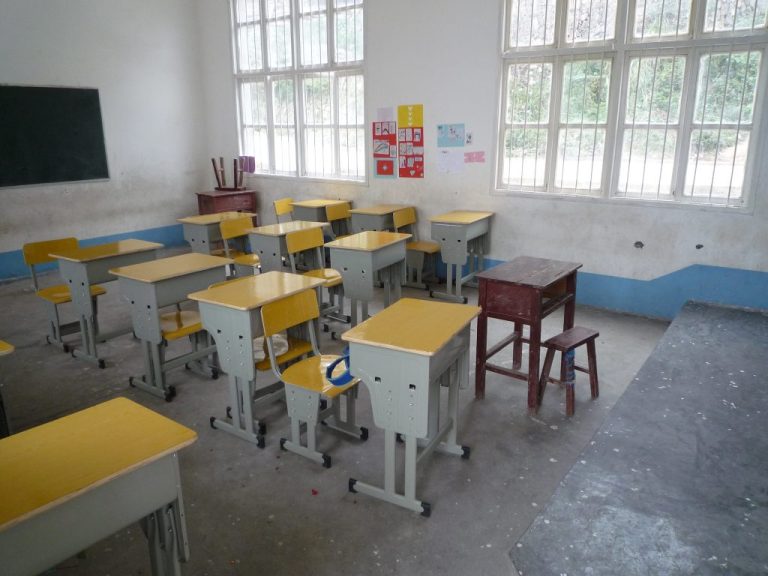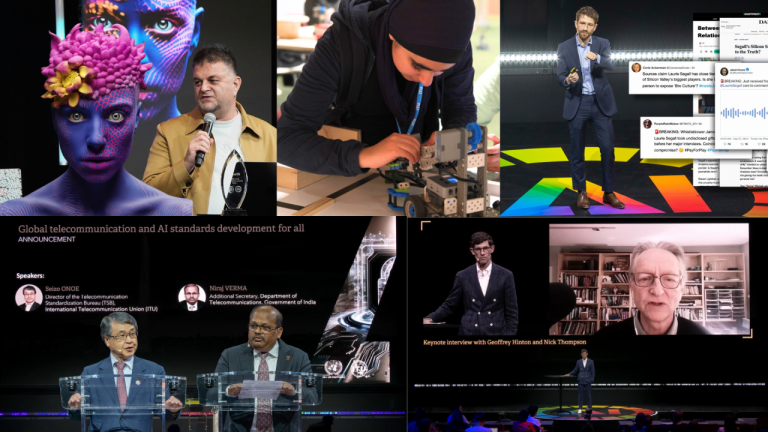Ohio University Mandates AI Proficiency Training for All Students
Ohio State University has declared that all students will soon be integrating artificial intelligence into their academic pursuits, necessitating a blend of traditional education methods and AI proficiency. “Ohio State has the unique opportunity and obligation to equip students not just to keep pace but to excel in the future workforce,” stated university president Walter “Ted” Carter Jr. He further remarked, “Artificial intelligence is revolutionizing our ways of living, working, teaching, and learning. In the near future, every job across all industries will be impacted by AI in some capacity.”
Ravi Bellamkonda, the provost of Ohio State, emphasized that the AI fluency initiative will weave education about AI throughout the undergraduate curriculum. “Through AI Fluency, Ohio State students will become ‘bilingual’—adept in both their chosen fields of study and the application of AI within those domains,” he explained. The university aims to focus on the incoming freshman class and beyond, striving to ensure that every graduate is knowledgeable about AI and its responsible applications in their professions.
This progressive adoption of AI in higher education coincides with a recent Pew Research Center study, revealing that 26% of teenagers utilized ChatGPT for academic purposes in 2024—double the percentage from 2023. However, as AI becomes increasingly mainstream, students will be prohibited from submitting generative AI-generated assignments as their original work. Faculty will be trained to uphold academic integrity in light of these developments.
Steven Brown, an associate philosophy professor at the university, shared insights with NBC News regarding the initial submissions of AI-assisted papers, noting “a wealth of genuinely creative ideas.” He mentioned one of his favorites: a paper on karma linked to the practice of returning shopping carts. Brown contended that outright bans on AI in assignments are “shortsighted,” urging students to engage in discussions about ethics and philosophy with AI chatbots. “It would be a disservice to students if they remain unaware of how to effectively utilize one of humanity’s most powerful tools,” he said. “AI presents an incredible opportunity for self-education, and we must swiftly adapt our teaching methods or risk falling behind.”
In a related effort, Ohio’s AI in Education Coalition is actively formulating a comprehensive strategy to prepare the state’s K-12 education system for the challenges and prospects presented by AI. “AI technology is here to stay,” remarked former lieutenant governor Jon Husted last year when unveiling an AI toolkit for Ohio’s K-12 school districts, aiming to ensure that the state “takes a leading role in addressing the challenges and opportunities made possible by artificial intelligence.”







